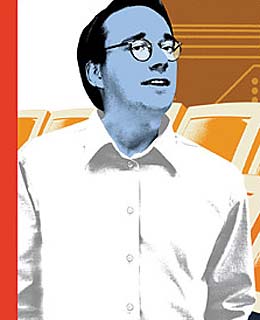
In August 1991, a student at the University of Helsinki posted a request to an Internet discussion group asking for help on a project to build a free computer operating system (OS). Linus Torvalds wanted an OS that he could tinker with. But neither Apple nor Microsoft was much interested in giving away the codes that make their machines run.
With this simple request, Torvalds began a process that would complete one of the most extraordinary collaborations in history. In 1984 M.I.T. researcher Richard Stallman had launched the "free-software movement" in a project to build a free operating system that he called GNU. It provided the scaffolding within which Torvalds' kernel ("Linux") could hang. In the dozen years since Torvalds' post, literally thousands of programmers from around the world have authored and tinkered with the GNU and Linux code to produce Microsoft's most dreaded competition. Microsoft's fear is not that this GNU/Linux OS is better. It might well be, but that's a problem Microsoft could fix. Yet what Microsoft sells no one else can, because the company controls the source code that makes its programs run. The source for GNU/Linux, however, is free for anyone to take. That freedom is guaranteed by the license that governs it. And that guarantee has led key competitors of Microsoft — IBM, in particular — to invest billions in an OS that has been promised to remain free.
Fueling competition among the world's most powerful technology companies was not in Torvalds' mind in 1991. Nor could he have imagined the extraordinary movement that his self-effacing but certain leadership would help produce. Yet there is little doubt that the free-software movement for which Stallman planted the seed has achieved a permanence through Torvalds' pragmatic work. And there is no doubt that the open, collaborative model that produced GNU/Linux has changed the business of software development forever.
Lessig is a professor at Stanford Law and author of Free Culture